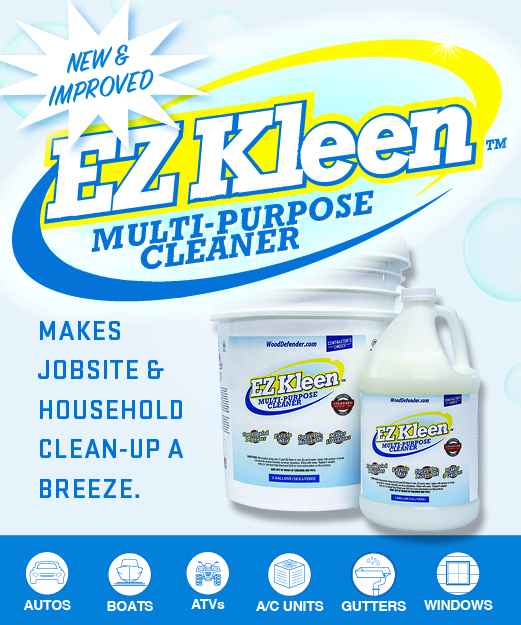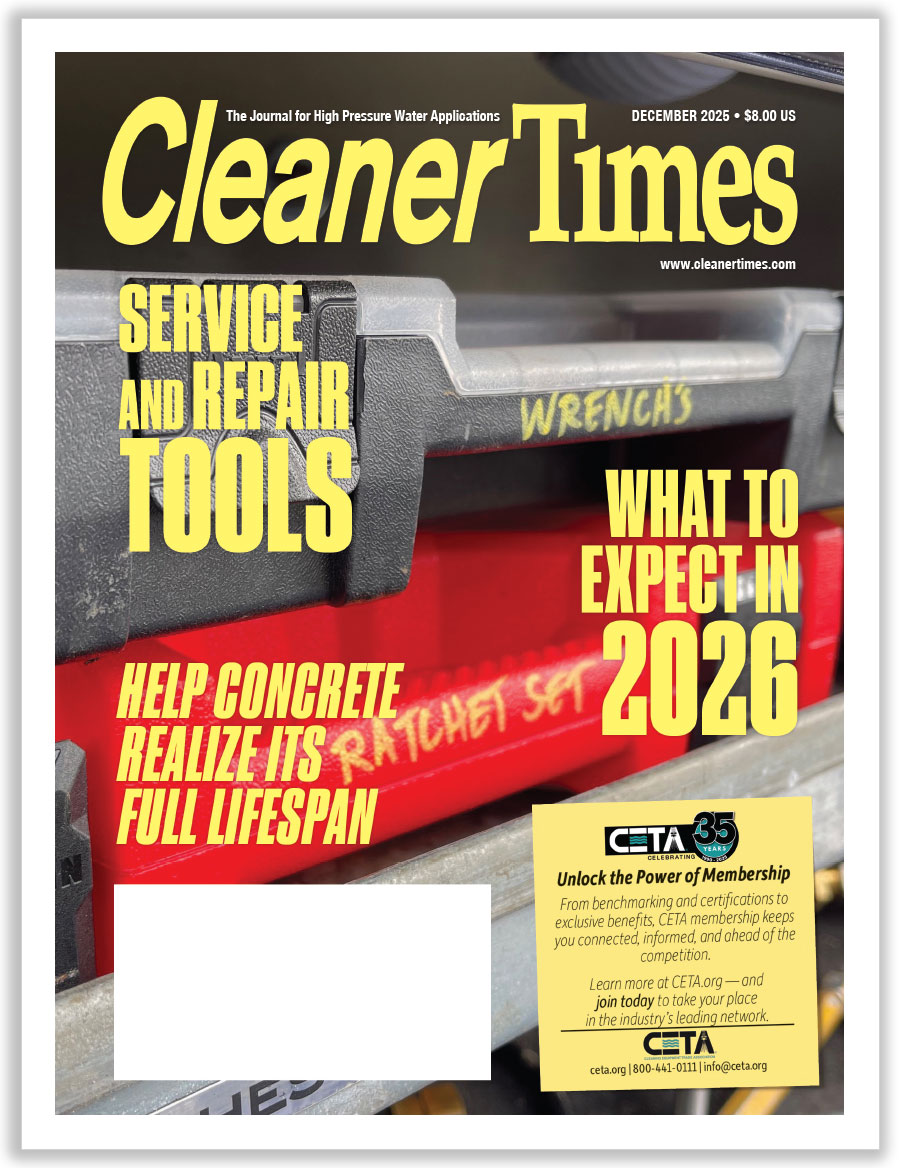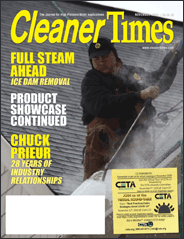
Lances Deserve A Second Look
by Diane M. Calabrese | Published May 2025

Deceptively simple designs always deserve a second look.
Take tape. There’s no great mystery in what it does or how to use it. Yet look closer and realize choices must be made to get the best match.
Sure, a shipper could seal a box with adhesive medical tape, but it would be inefficient and costly. Substituting clear package tape for electrical tape would be dangerous. And so on.
Then, there’s the issue of size. The width of tape should match the purpose. Using three-inch wide clear package tape to tack down the flap on a small envelope is excessive (but not dangerous). Using a substitute for electrical tape when working with wiring is irrefutably dangerous.
Lances are deceptively simple in design. But the differences among them are about much more than length and aperture.
A clarification: In some parts of the country, lances are more commonly called wands. Neither ‘lance’ nor ‘wand’ has an etymology that aligns closely with its use in our industry. With a little imaginative thinking though, there is a connection.
Wand derives from a Middle English word and probably first referred to the shoot of a plant that someone picked up and carried around to use as a switch. It became associated with those professing magical powers, a sort of symbol of their powers. Now, in the realm of imaginative connections, the wand used with a pressure washer does allow a great amount of magic to be worked on soiled substrates of all kinds.
Lance is a word that has a much longer history than wand. The Celts were carrying around lances (and spears) 2700 years ago. Over time, the modifications of lances, which gained metal tips and stirrups, became common and diverse. Jousting matches in the Middle Ages are well-known to everyone through movies about the period.
As a weapon, the lance served to knock down (and slay) opponents. But the lance – like the wand, took on a symbolic meaning when carried. And the symbolism spanned a large number of cultures, such as Assyrians, Greeks and Romans.
Since ‘lance’ incorporates the idea of vanquishing, it’s a good name for the ancillary that moves water from a pressure washer closer to its target. Lances with apertures for carrying gases and fluids have long been used in industry. In Bessemer processes they convey pure oxygen to banish impurities from molten steel. [See some lances – used to subdue ectoplasms, in the “Ghostbusters” movie franchise.]
Obviously, members of our industry do not want to find the best lance to improve the composition (purity) of steel or thwart a paranormal entity. What do they want in a lance?
Wants
The looks-good-enough approach to buying a lance may work out okay. But luck alone makes that the best way to choose.
Linda Chambers, the brand and sales manager at GCE/Soap Warehouse Brand in Norcross, GA says the place to begin is here: “What questions does a contractor need to answer to get the best lance for them and their work?”
Why there? “This is what we ask [contractors] when they ask us, ‘What do you have?’ or ‘What should I get?’” explains Chambers.
A series of questions to the contractors follows, says Chambers. “Are you happy with the lance that came with your unit? If not, what do you want or need that is different? Longer, shorter, changeable?”
And as Chambers’ company representative zeroes in on a contractor’s wants, the questions get more refined. They also bring in the gun as well as the lance.
“[Perhaps the contractor needs] a gun with an easier pull, double action different curve to the grip,” says Chambers. “Which fitting do they need at the rear of the gun, coupler or plug, any special features like all stainless-steel internals or built-in hose swivel?”
Naturally, a contractor will also want a product that fits his or her budget. But that consideration should come second.
“Only after [questions about wants} are answered do we worry about price,” says Chambers. Best fit will in the end mean a great deal to the contractor using the wand.
Differences in wand configuration can change the price, says Chambers. But there may be a better return on investment for a contractor who selects something more than an entry-level lance. A lance that costs somewhat more will be worth it to the contractor if it “will really make them happy or at least their work more enjoyable.”
Ergonomic considerations with wands and guns should be heeded. Any kind of repetitive motion with a lance could tax a shoulder. A less-than-manageable gun coupled with a good-enough lance could put unnecessary stress on the hand.
It makes sense for a contractor to want equipment and ancillaries that work well and that also do the most to ease the toll extracted from the body. Take the time to get the best fit.
For contractors who will only deploy with one or two lances, it’s important to assess frequency of use. If the lance is used almost daily to reach under eaves, it must be long enough to do so. But if the lance is used at ground level to maneuver around deck posts, a long lance could be a nuisance.
The features to enhance the maneuverability and utility of lances just keep meeting the market. For example, telescoping lances give contractors flexibility in length. Some lances can bend. Others combine two nozzles.
Composition of a lance is often stainless steel. But lances through which challenging chemicals or higher pressures flow may be aluminum.
Long before there were pressure washers, there were lances doing heavy-duty service. In the Bessemer process already mentioned, lances blasted air – and later oxygen through pig iron. Thus, matching the composition of a lance to the task is not a challenge for design engineers.
Choices
Not everyone who uses a lance occupies the same industry category. And Dennis Black, president of McHenry Pressure Cleaning Systems, Inc. in Frederick, MD gives us an introduction to the breakdown.
“Our customer base being mixed – industrial and wash contractors, they have different goals and different priorities,” says Black. Choices are tied to the different goals.
“Contractors seem to want a heavy-duty lance but as lite as possible,” explains Black. “They are usually more price conscious than our industrial customers. Contractors usually are looking for longer lances, they purchase the majority of our extendable wands. Weight is important because [contractors are using] lances for longer periods of time. Contractors rarely like the dual-lance wands because of the weight.”
And industrial users? “Industrial are usually concerned about wands lasting longer,” explains Black. “They will pay for a lance – and a gun – that has a longer duty cycle. They do not want to have their wash bays down because of broken equipment.”
The industrial customers “are using three-foot to four-foot wands and will be more friendly to the use of dual-lance wands,” says Black. “We usually do not get complaints about cost but will hear that ‘we just spent X’ for a wand and it broke down and we cannot wash anymore.”
Contractors and industrial users alike want their equipment to stay operational. Thus, candid talks between buyers and sellers about the service life that can be expected from a particular lance is always in order. (It’s no different from a conversation about the expected longevity of tires or batteries.)
Black says that he has observed a dichotomy in the way contractors and industrial users of lances buy. Contractors put a premium on price, length and weight. Industrial users put a premium on cost, availability and durability.
“Lances are a good commodity item” from the perspective of a distributor, says Black. He adds that as such, a distributor must have an inventory of lances when a customer needs them.
“We encourage industrial customers to keep spares,” says Black. He adds that lances make a nice accessory sale to an equipment sale.
There is most definitely not a one-size-fits-all lance. “Customers’ needs are different, and some need a variety of lengths and types,” says Black.
Look at the range of configurations available, including the structural features that may not seem very important. Although the grip on a lance may not seem as significant as the grip on a gun, over time, a contractor may wish more consideration had been given to that feature.
Ultimately, a lance is part of the delivery system – nozzle, wand, trigger gun — for water (and chemical when present) with parts working in consort. The effective force, the sort that gets the job done, does not derive from the water pressure alone.
Time, distance, angle, and intensity all come into play to achieve effective force whether cleaning a deck or siding or tires. Consider the capabilities of a lance in conjunction with its partners in dispersal, the trigger gun and the nozzle(s).
A contractor could do a DIY coupling of a pipe to a spray gun to gain some length. But that would be like closing a box with adhesive tape. Doable, workable, and not sustainable.





